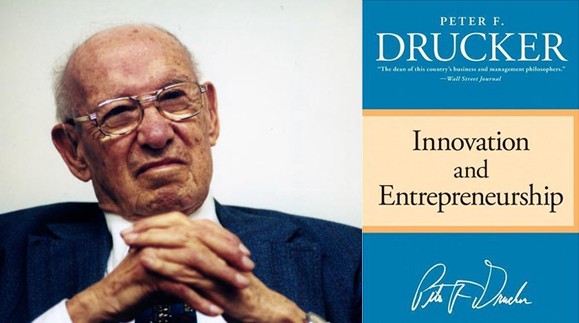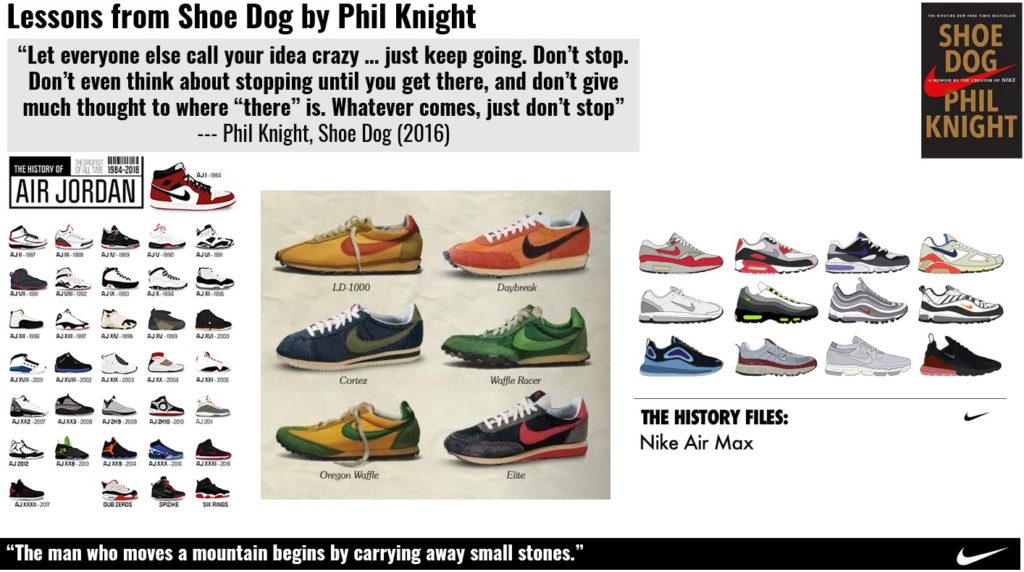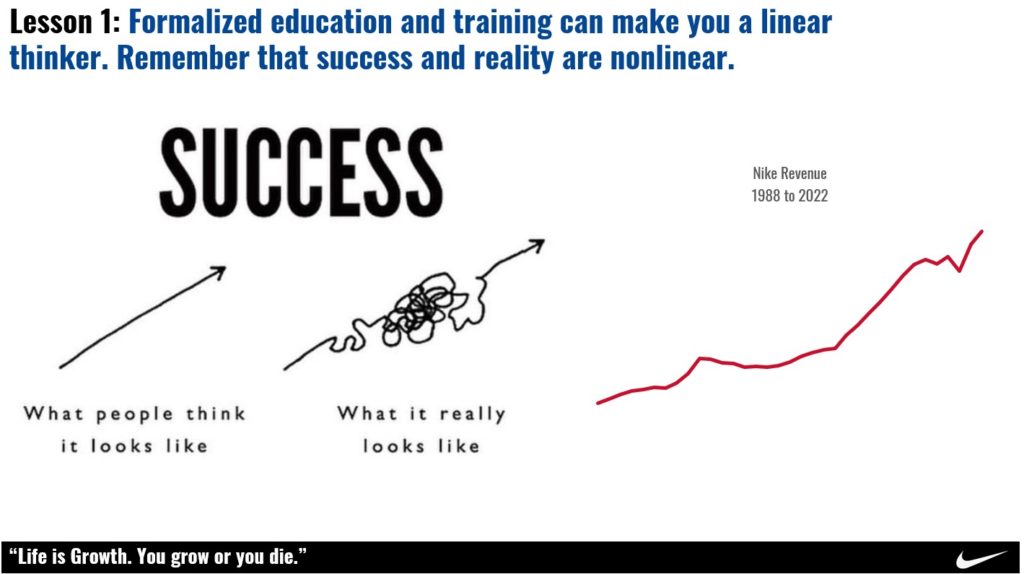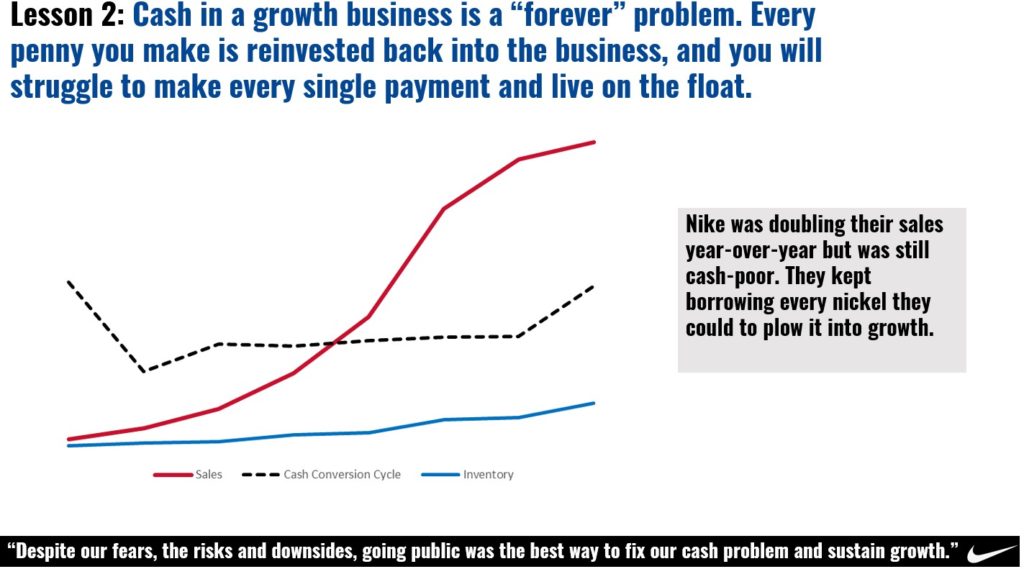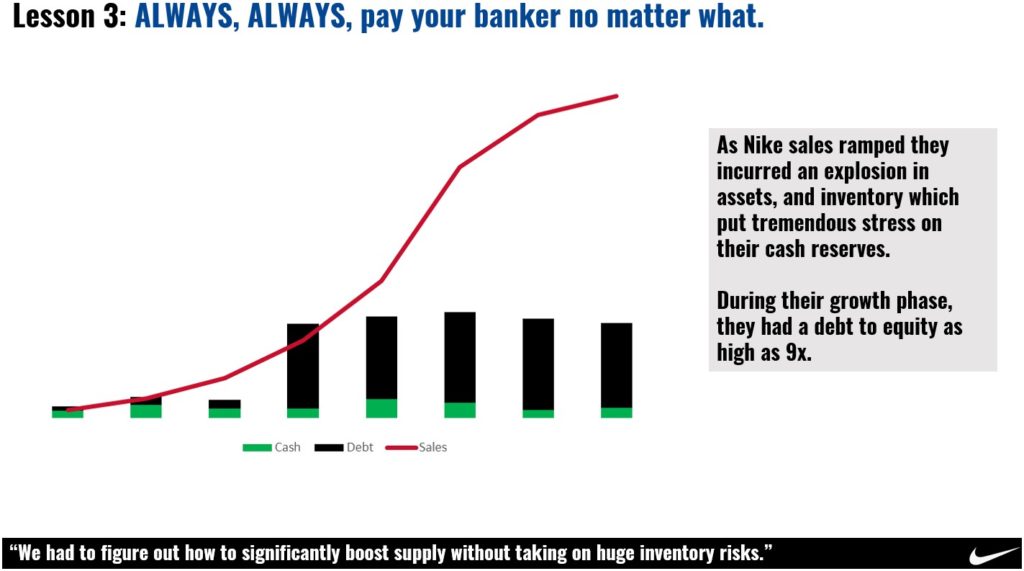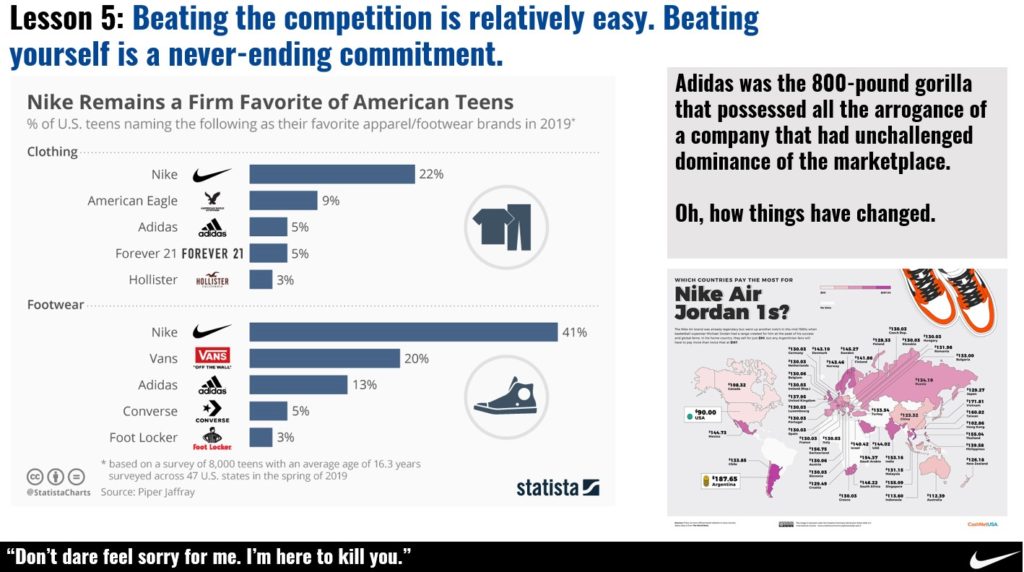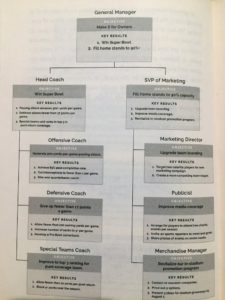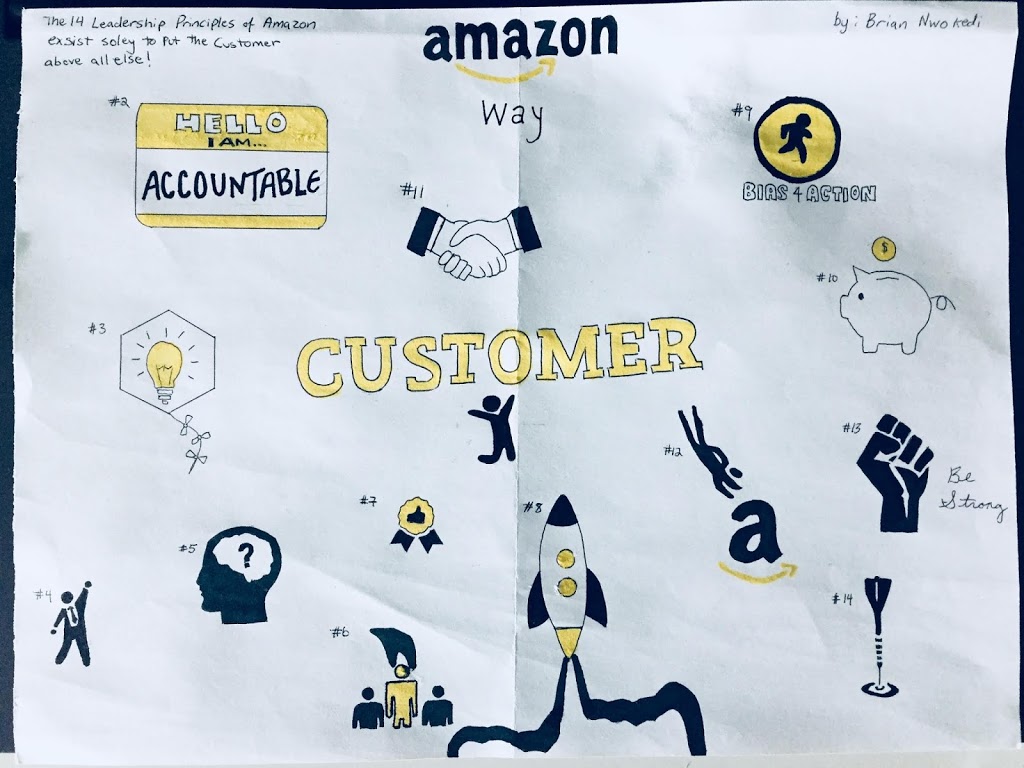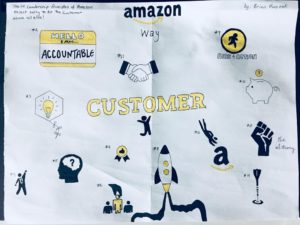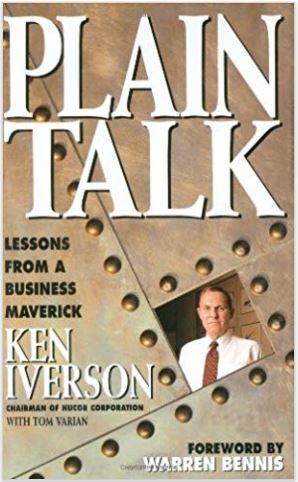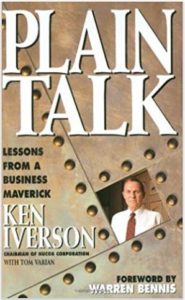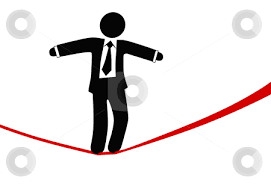Introduction
“Riding Shotgun: The Role of the COO” by Nathan Bennett and Stephan A. Miles is an insightful exploration of the multifaceted responsibilities and significance of the Chief Operating Officer (COO) position within organizations. The book delves into the challenges and opportunities faced by COOs, shedding light on their pivotal role in driving operational excellence, strategic execution, and organizational change.
Drawing from extensive research and real-world examples, the authors provide valuable insights into the qualities, skills, and strategies that make COOs effective leaders and trusted partners to CEOs.
In their analysis, Bennett and Miles identify seven distinct types of COO jobs, each with its own unique focus and purpose. These include the Executor, responsible for daily leadership in operationally intensive businesses; the Change Agent, leading strategic initiatives in response to dynamic environments; the Mentor, guiding and supporting young or inexperienced CEOs; the Co-Leader (Two-In-a-Box), working collaboratively alongside the CEO to balance strengths; the Trusted Partner (Other Half), fostering a strong and cohesive leadership team; the Heir Apparent, preparing future CEOs by imparting business knowledge; and the MVP, retaining executive talent without a specific business imperative.
Recognizing the parallels between sports and business, I aim to leverage various sporting partnerships to delve deeper into the diverse roles of the COO. By drawing connections between the dynamics of sports teams, I hope to help you gain deeper insight into the multifaceted nature of this critical executive role.
Ed Reed, The Trusted Partner
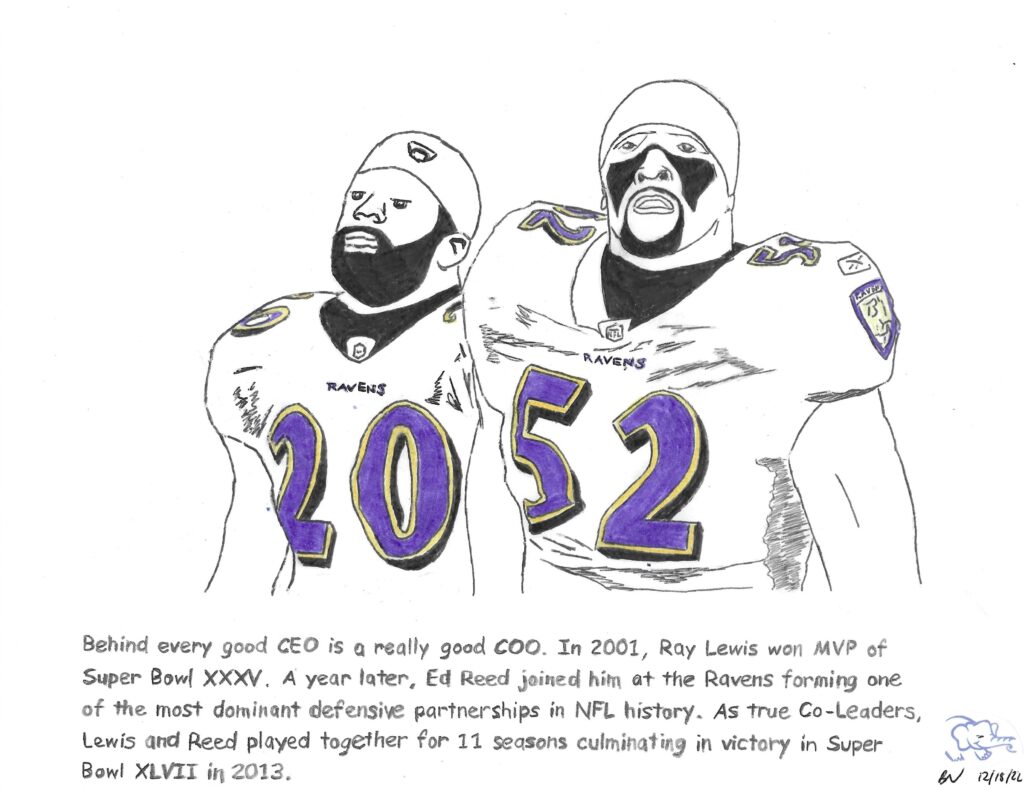
During their Super Bowl XLVII-winning campaign in 2013, the Baltimore Ravens showcased their defensive prowess, despite being ranked 12th in total defense. What set them apart was the remarkable partnership between Ray Lewis and Ed Reed. Their collaboration as Co-Leaders began in 2002 and spanned an impressive 11 years, solidifying their status as one of the most formidable linebacker/safety tandems in NFL history. Together, they anchored a consistently outstanding defense that stood among the league’s best.
Ray Lewis and Ed Reed epitomize the essence of a Trusted Partner relationship. Their deep bond and understanding on the field allowed them to anticipate each other’s moves, offering unwavering support and collaboration. With Lewis’s commanding presence and Reed’s exceptional playmaking skills, they formed an unbreakable foundation for the Ravens’ defense. Their synchronized efforts and remarkable synergy elevated their team to new heights.
This Trusted Partner dynamic in football can be likened to the role of a Chief Operating Officer (COO) in the business world. Just as Lewis and Reed established a reliable and cohesive unit, a COO serves as a Trusted Partner to the CEO, fostering a strong partnership at the top. This collaboration ensures a harmonious and effective leadership team, capable of driving the organization towards success. The impact of a Trusted Partner, both in football and business, cannot be understated, and Lewis and Reed’s legacy as an exceptional tandem serves as a testament to the power of such a partnership.
Patrick Mahomes, The Heir Apparent
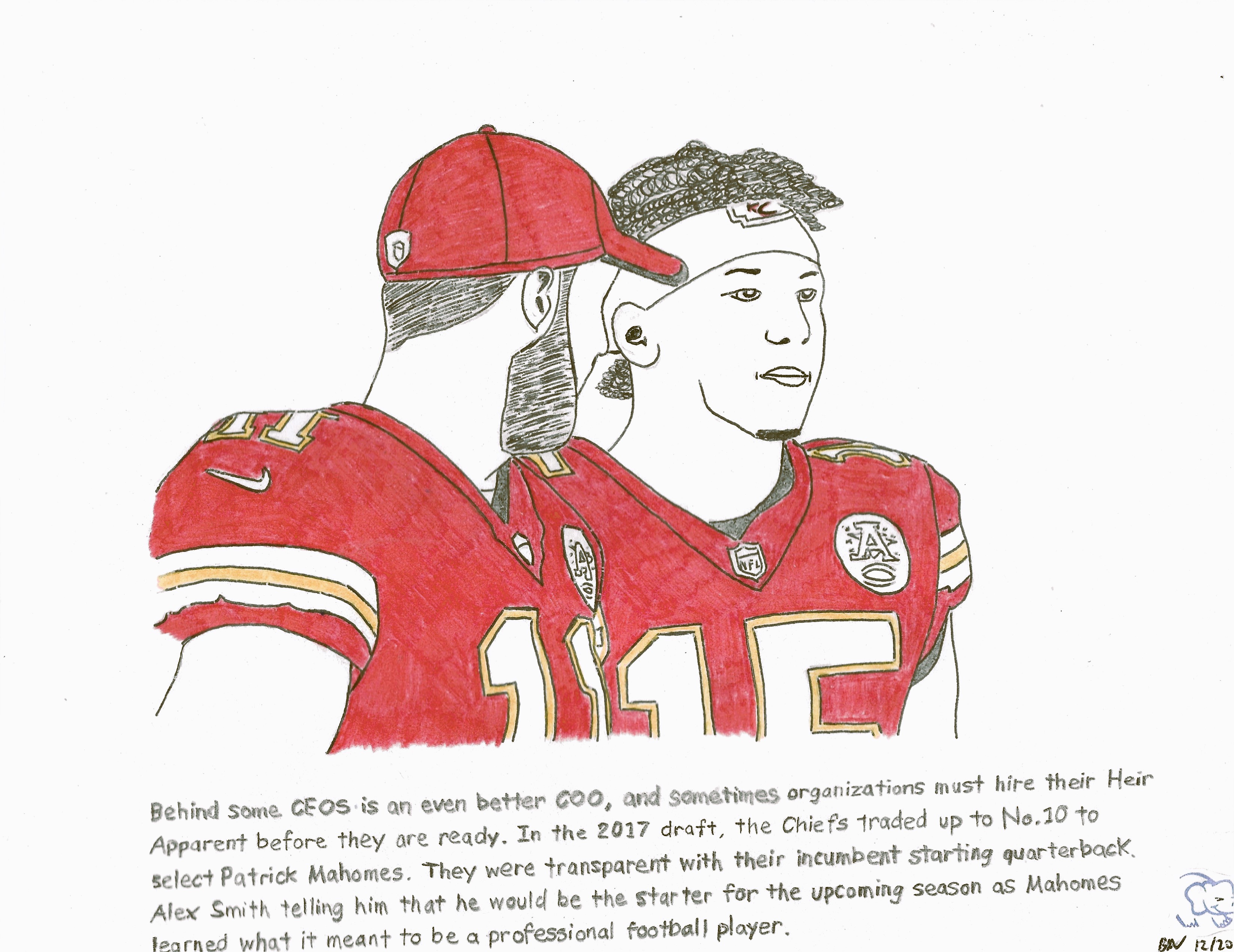
During his tenure from 2013 to 2017, Alex Smith served as the starting quarterback for the Chiefs, leading the team to the playoffs on four occasions and securing their first playoff victory in over two decades. However, in 2017, the Chiefs made a strategic decision to trade up and select Patrick Mahomes as Smith’s long-term successor. Coach Andy Reid demonstrated transparency with Smith, providing the reassurance he needed to embrace the role of mentoring Mahomes. Just a year later, Smith was traded, paving the way for Mahomes to step in as the new starting quarterback. This scenario exemplifies the Heir-Apparent CEO-COO structure, which can be instrumental in ensuring successful succession planning.
In this context, the COO plays the role of the Heir Apparent. Similar to the quarterback transition, the COO is identified and groomed as the successor to the CEO. By implementing a well-executed Heir-Apparent CEO-COO structure, organizations can facilitate a seamless transition of leadership. The COO, under the mentorship and guidance of the CEO, gains valuable experience, insights, and knowledge necessary to assume the top role when the time comes. This strategic approach allows for continuity in leadership and ensures that the organization can thrive even during leadership changes.
Venus Williams, The Mentor
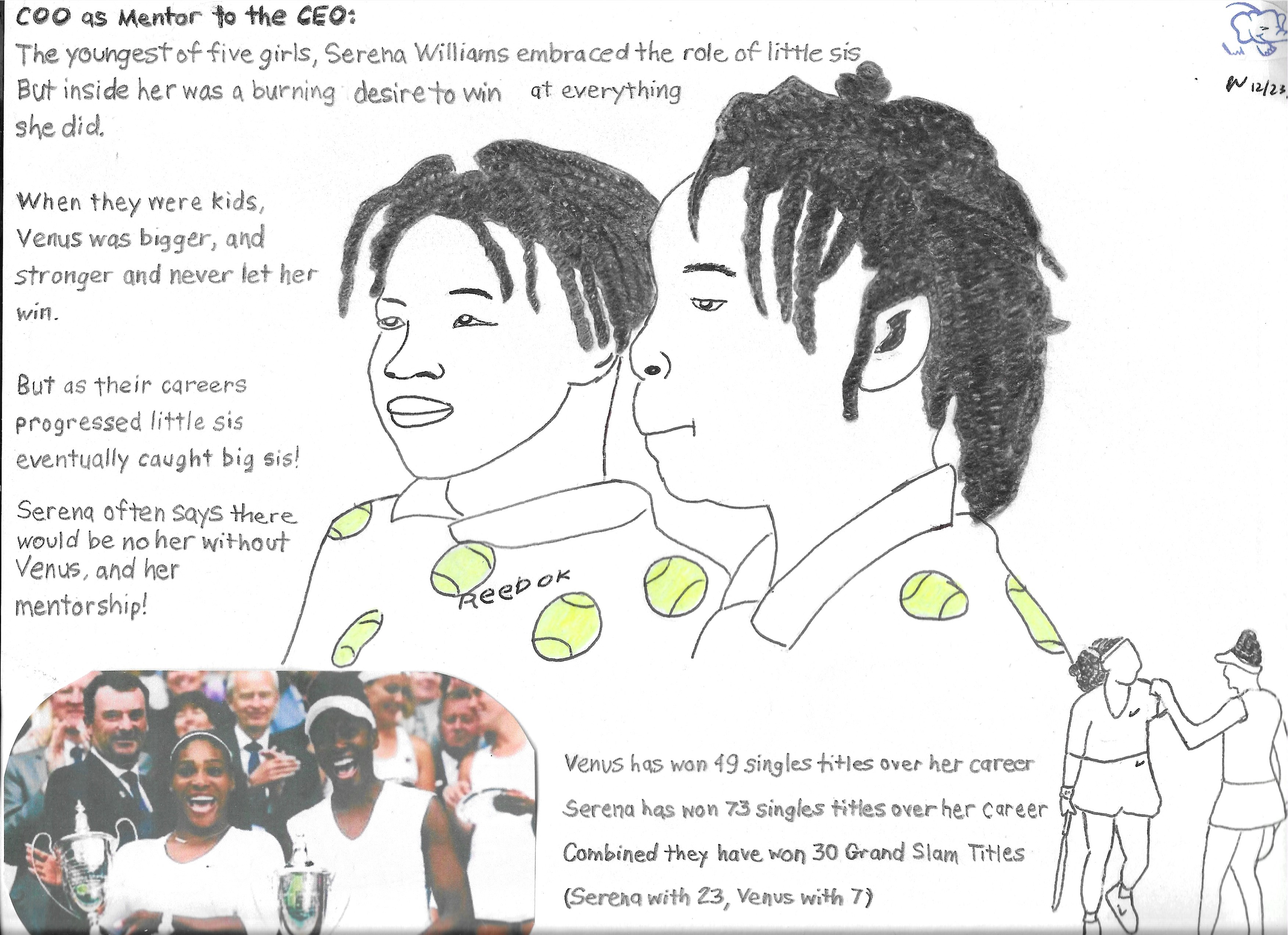
Venus Williams stands as one of the most compelling examples of mentorship in the world of tennis. Serena Williams herself acknowledges that her journey would not have been possible without Venus, but I believe the impact goes even further. The influence of Venus extends to players like Coco Gauff, Naomi Osaka, Sloane Stephens, and Madison Keys, who have all been inspired by her trailblazing presence.
Venus brought a new era to tennis with her remarkable speed, distinctive style, and unapologetic confidence. However, her role as a Big Sister went beyond her on-court achievements. She served as a mentor, shielding Serena from the resistance of the tennis establishment and the pervasive racism that often accompanied their rise to stardom.
This mentoring dynamic can be likened to the role of a Chief Operating Officer (COO) in the business world. In both cases, the mentor figure provides guidance, support, and protection, empowering their mentee to navigate obstacles and reach their full potential. Venus’s mentorship not only elevated Serena’s career but also paved the way for future generations of tennis players, exemplifying the transformative impact of a dedicated mentor, both on an individual and broader scale.
Scottie Pippen, The Co-Leader
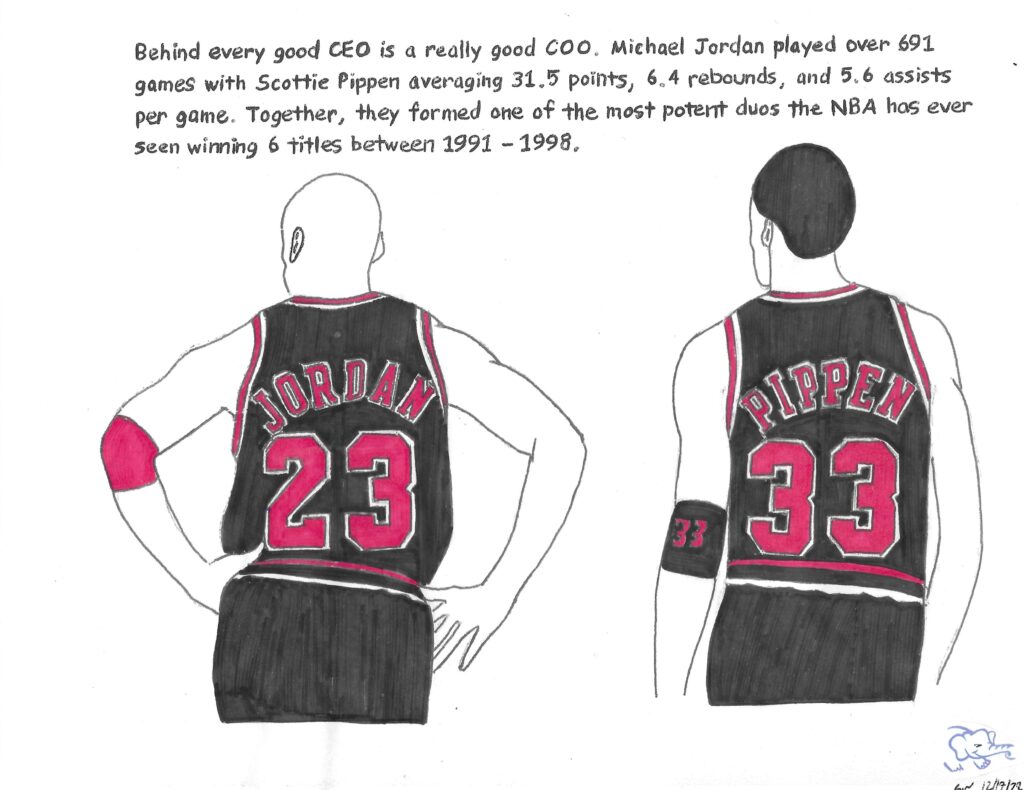
Michael Jordan and Scottie Pippen established an extraordinary and cohesive Co-Leader partnership during their dominant ten-year reign atop the NBA that ended in historic double three-peats. Throughout their intertwined careers, Jordan and Pippen exemplified the essence of a Two-In-a-Box partnership. Their collaboration on and off the court showcased remarkable synergy, mutual understanding, and shared goals. Pippen’s exceptional abilities, combined with Jordan’s unparalleled talent, propelled the Chicago Bulls to unprecedented success, and Pippen flawlessly assumed the role of Michael Jordan’s Co-Leader.
Their dynamic duo not only achieved individual greatness but also fostered a collective strength that elevated the entire team. Together, they formed one of the most electrifying and potent duos ever witnessed in the NBA. In drawing parallels to the COO’s role, Jordan and Pippen’s Co-Leader partnership exemplifies the power of a collaborative approach. By working together, leveraging their respective strengths, and nurturing a harmonious relationship, they propelled the Bulls to the pinnacle of the NBA. The impact of such a Co-Leader dynamic extends beyond basketball, highlighting the significance of a strong and complementary partnership in driving organizational success.
Luis Figo, The Change Agent
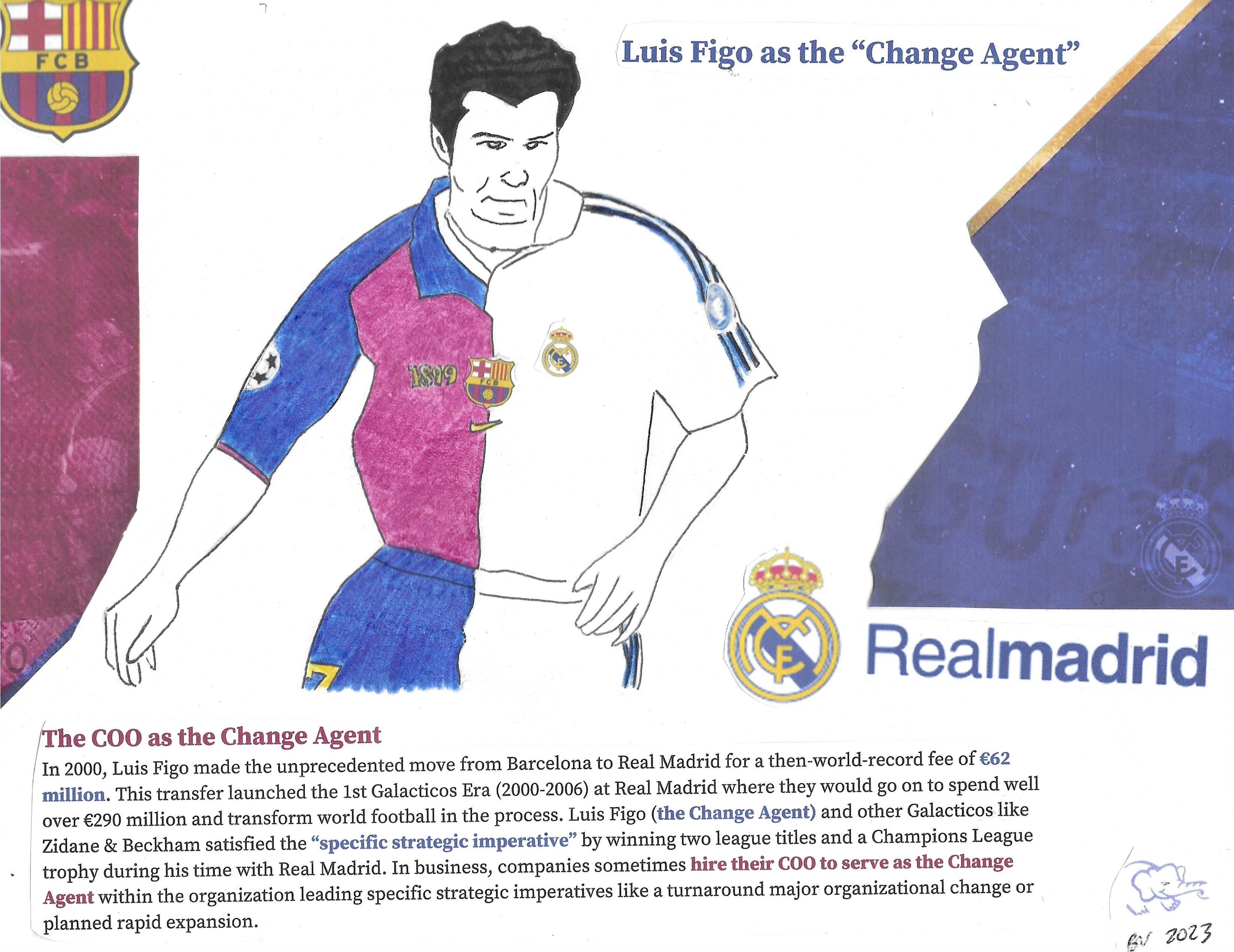
In 2002, Luis Figo emerged as the winner of the prestigious Ballon d’Or, recognizing him as the top football player in Europe. This accolade came shortly after his controversial transfer from Barcelona to their arch-rivals, Real Madrid.
Figo’s move to Real Madrid marked him as the chosen Change Agent by Florentino Pérez, who aimed to usher in an era of high-profile, world-class superstars. The 62 million euro transfer fee was just the beginning of a series of extravagant signings from 2000 to 2006, during which Madrid spent well over 290 million euros.
Over his five-year tenure with Real Madrid, Figo made a significant impact, with over 200 appearances and notable triumphs, including two league titles and the 2002 Champions League. His arrival injected new vitality into Los Blancos, albeit at the expense of his former club in Catalonia. Organizations often require a COO to serve as a Change Agent, focusing on implementing specific organizational changes. In this role, the COO spearheads initiatives such as turnarounds, major organizational transformations, or planned rapid expansions, while the CEO maintains the day-to-day operations. When executed effectively and in balance, this approach can lead to remarkable progress and success.
Conclusion and Final Thoughts
Real-world examples, such as Venus Williams’ mentorship and the dynamic partnership of Michael Jordan and Scottie Pippen, underscored the pivotal role COOs play. Their ability to nurture talent, forge collaborative partnerships, and spearhead transformative change has been demonstrated time and again.
The COO acts as a catalyst for success, blending leadership, strategic acumen, and operational expertise. Their role as mentors propels organizations forward, paving the way for the development of future leaders. As trusted partners, they foster a harmonious and effective leadership team, while their role as change agents propels organizations toward new heights. By recognizing and embracing the multifaceted nature of the COO’s role, organizations can unlock their full potential and confidently navigate complex challenges. The power of the COO lies in their ability to lead, mentor, collaborate, and drive transformative change. Through harnessing this power, organizations lay the foundation for thriving and sustainable growth.

